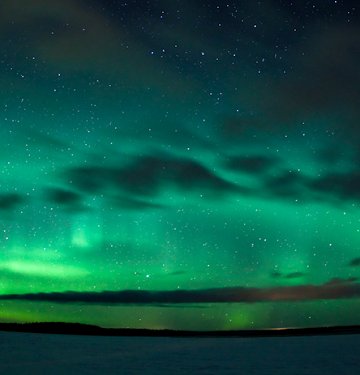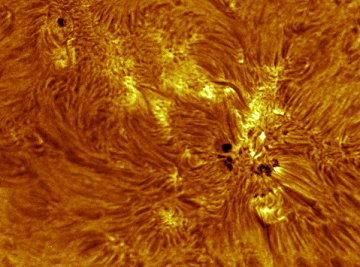Raybo
0
- Joined
- Oct 30, 2008
- Messages
- 537
- Points
- 18
Be on the lookout for Aurora activity! :beer:
NOAA forecasters estimate a 30% to 35% chance of minor geomagnetic storming during the late hours of Feb. 14th and 15th. The activity could descend to northern-tier US states such as Minnesota and Wisconsin. Alaska, Canada and Scandinavia are better bets, however.
NOAA forecasters estimate a 30% to 35% chance of minor geomagnetic storming during the late hours of Feb. 14th and 15th. The activity could descend to northern-tier US states such as Minnesota and Wisconsin. Alaska, Canada and Scandinavia are better bets, however.







